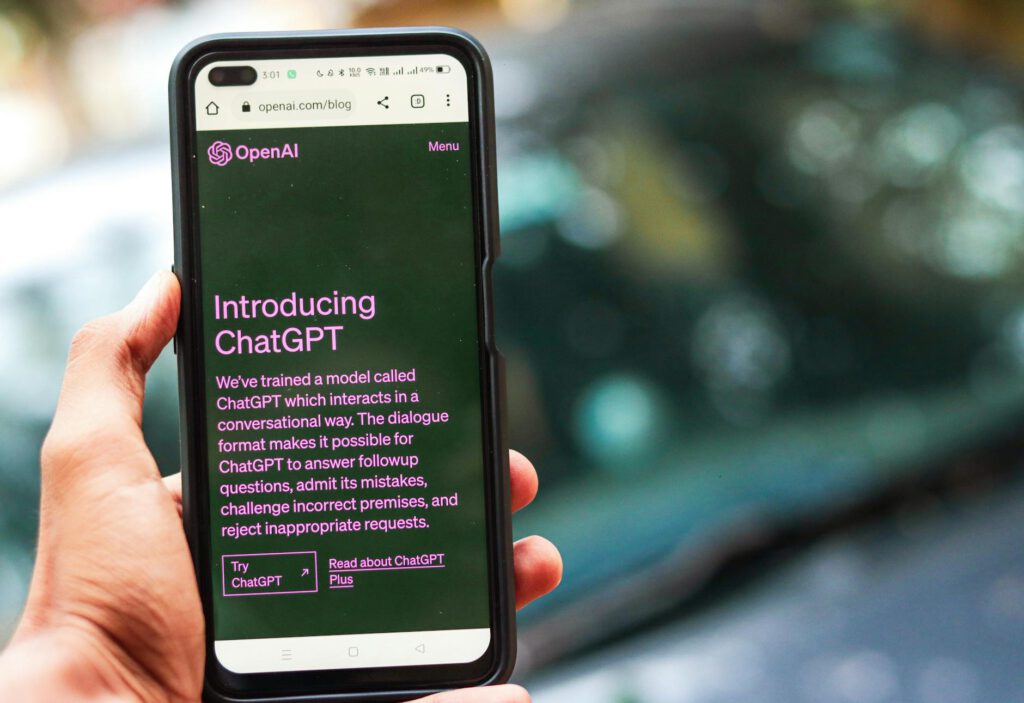Introduction
AI chatbots have revolutionized customer service, offering businesses a scalable way to handle inquiries, reduce response times, and improve customer satisfaction. As we move into 2025, advancements in natural language processing (NLP), machine learning, and generative AI are making chatbots smarter and more intuitive than ever. However, training an AI chatbot effectively requires a strategic approach—from selecting the right data to refining conversational flows.
This guide explores the best practices for training an AI chatbot for customer service in 2025, covering key steps, tools, and strategies to ensure seamless interactions and high performance.
Why AI Chatbots Are Essential for Customer Service
AI chatbots are no longer optional for businesses—they’re a necessity. With rising customer expectations for instant support, chatbots help companies:
- Reduce operational costs by automating routine inquiries.
- Provide 24/7 availability, improving customer experience.
- Handle high query volumes without compromising quality.
- Gather valuable insights from customer interactions.
In 2025, AI chatbots will integrate deeper with CRM systems, voice assistants, and predictive analytics, making them indispensable for customer service teams.
Step 1: Define Your Chatbot’s Purpose and Scope
Before training your AI chatbot, clearly outline its role. Will it handle FAQs, process orders, or escalate complex issues to human agents? Defining scope prevents feature bloat and ensures focused performance.
Key Considerations:
- Primary Use Cases: Identify the most common customer queries (e.g., order tracking, returns, troubleshooting).
- Tone and Brand Voice: Should the chatbot be formal, friendly, or humorous? Align with brand identity.
- Integration Points: Determine which systems (CRM, helpdesk, payment gateways) the chatbot will connect to.
Example: A retail chatbot might prioritize order status updates, while a SaaS company’s bot could focus on onboarding and technical support.
Step 2: Gather and Prepare High-Quality Training Data
An AI chatbot is only as good as its training data. In 2025, datasets must be diverse, unbiased, and reflective of real customer interactions.
Best Practices for Data Collection:
- Use Historical Chat Logs: Analyze past customer service transcripts to identify common questions.
- Leverage Industry-Specific Datasets: Public datasets (e.g., Stanford’s OpenDialKG) can supplement proprietary data.
- Include Multilingual Data: If serving global customers, train the bot in multiple languages.
Cleaning and Structuring Data:
- Remove duplicates and irrelevant conversations.
- Annotate intents (e.g., “refund request,” “technical issue”).
- Balance datasets to avoid bias toward certain queries.
Pro Tip: Synthetic data generation tools like Gretel.ai can help augment training data while maintaining privacy compliance.
Step 3: Choose the Right AI Model
In 2025, businesses can select from a range of AI models, including:
- Rule-Based Bots: Simple, predefined flows (e.g., “If customer asks X, respond with Y”).
- NLP-Powered Bots: Use models like GPT-5 or Claude 3 for dynamic, context-aware responses.
- Hybrid Models: Combine rule-based logic with generative AI for flexibility and control.
Evaluating AI Models:
- Accuracy: Test how well the model understands and responds to queries.
- Latency: Ensure real-time performance (under 2 seconds per response).
- Customizability: Can the model be fine-tuned for industry-specific jargon?
Example: A healthcare chatbot may require HIPAA-compliant models with strict accuracy thresholds.
Step 4: Train and Fine-Tune the Chatbot
Training involves feeding data to the AI model and refining its responses.
Steps for Effective Training:
- Pre-Training: Use a foundational model (e.g., Llama 3 or OpenAI’s offerings).
- Fine-Tuning: Customize the model with your dataset to improve relevance.
- Continuous Learning: Deploy reinforcement learning to adapt from live interactions.
Avoiding Common Pitfalls:
- Overfitting: Ensure the bot generalizes well to unseen queries.
- Hallucinations: Implement guardrails to prevent incorrect or fabricated answers.
Tool Recommendation: Hugging Face’s transformers library simplifies fine-tuning for developers.
Step 5: Design Conversational Flows
A well-structured dialogue flow enhances user experience.
Key Elements:
- Greetings and Handoffs: Smooth transitions between bot and human agents.
- Fallback Responses: Handle unrecognized queries gracefully (e.g., “I didn’t understand. Can you rephrase?”).
- Personalization: Use customer data (e.g., past purchases) to tailor responses.
Example:
User: "My order hasn’t arrived."
Bot: "I’m sorry to hear that! Let me check the status. Can you share your order number?"
Step 6: Test Rigorously Before Deployment
Thorough testing prevents embarrassing errors post-launch.
Testing Strategies:
- Unit Testing: Validate individual intents and responses.
- User Testing: Gather feedback from beta testers.
- A/B Testing: Compare different response variants for effectiveness.
Metrics to Track:
– Accuracy Rate: Percentage of correct responses.
– User Satisfaction (CSAT): Post-chat surveys.
– Escalation Rate: How often the bot transfers to humans.
Step 7: Deploy and Monitor Performance
Launch the chatbot in phases (e.g., start with a small user group).
Post-Launch Optimization:
- Real-Time Analytics: Track metrics like resolution time and drop-off rates.
- Feedback Loops: Let users flag unsatisfactory responses.
- Regular Updates: Retrain the model monthly with new data.
Tool Suggestion: Zendesk’s Answer Bot offers built-in analytics for performance tracking.
Essential Tools for Training AI Chatbots in 2025
- NLP Platforms: Google Dialogflow, IBM Watson Assistant.
- Development Frameworks: Rasa, Microsoft Bot Framework.
- Analytics: Dashbot, Botpress.
- Synthetic Data: Gretel.ai, Mostly AI.
FAQs
Q: How long does it take to train an AI chatbot?
A: Depending on complexity, training can take 2-8 weeks, including data preparation and testing.
Q: Can chatbots replace human agents entirely?
A: No—bots excel at routine tasks but should escalate complex or emotional issues to humans.
Q: How do you ensure chatbot security?
A: Use encryption, comply with GDPR/CCPA, and avoid storing sensitive data in logs.
Conclusion
Training an AI chatbot for customer service in 2025 demands a mix of strategic planning, quality data, and iterative refinement. By leveraging advanced NLP models, designing intuitive conversational flows, and continuously optimizing performance, businesses can deploy chatbots that enhance efficiency and customer satisfaction.
As AI evolves, staying ahead means adopting a proactive approach—regular updates, user feedback integration, and scalability testing will ensure your chatbot remains a competitive asset. Start small, measure results, and scale intelligently to unlock the full potential of AI-driven customer service.

